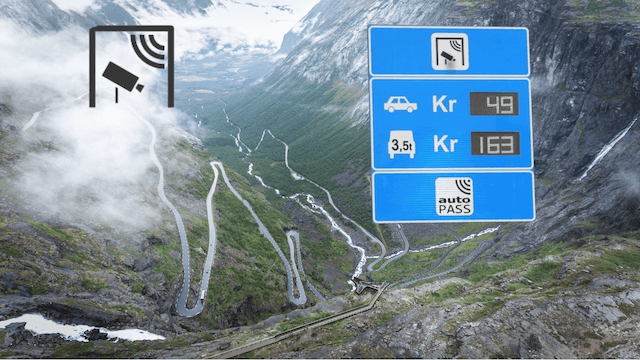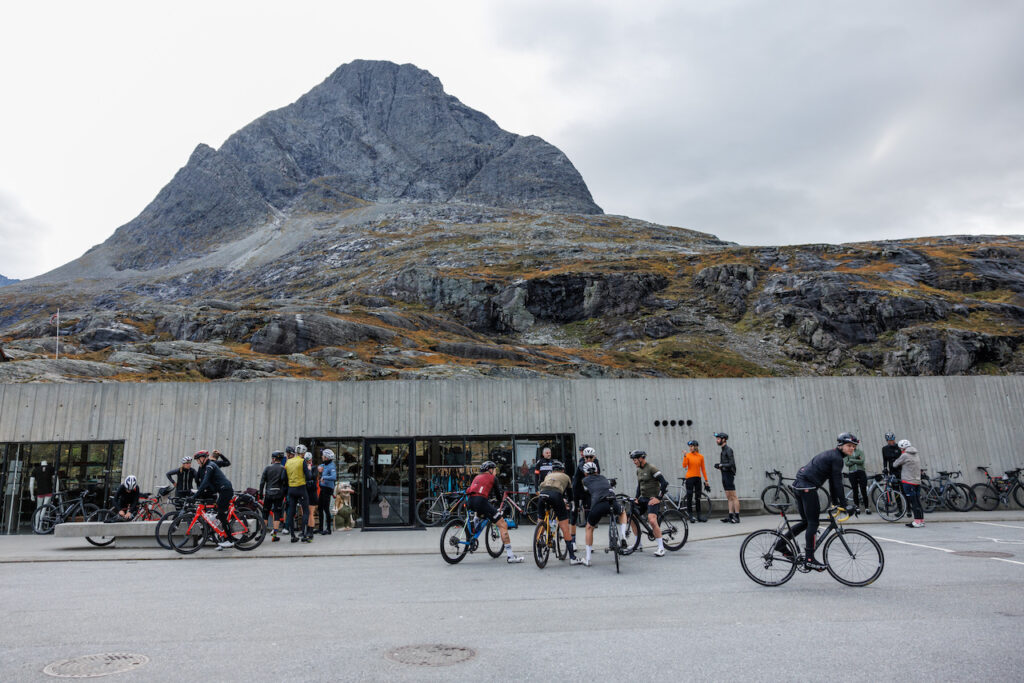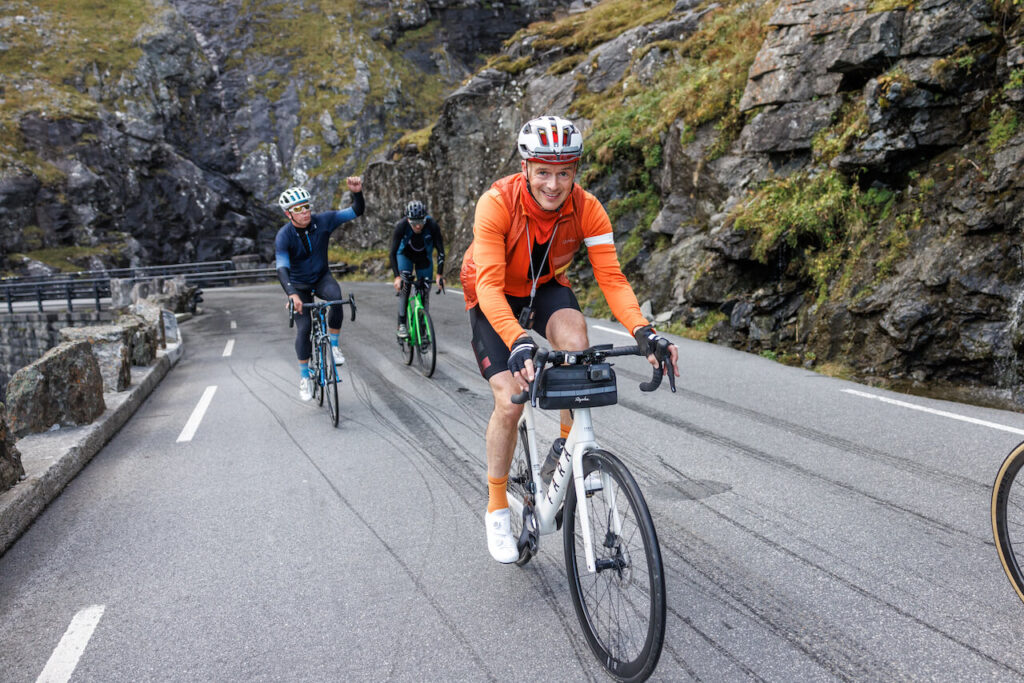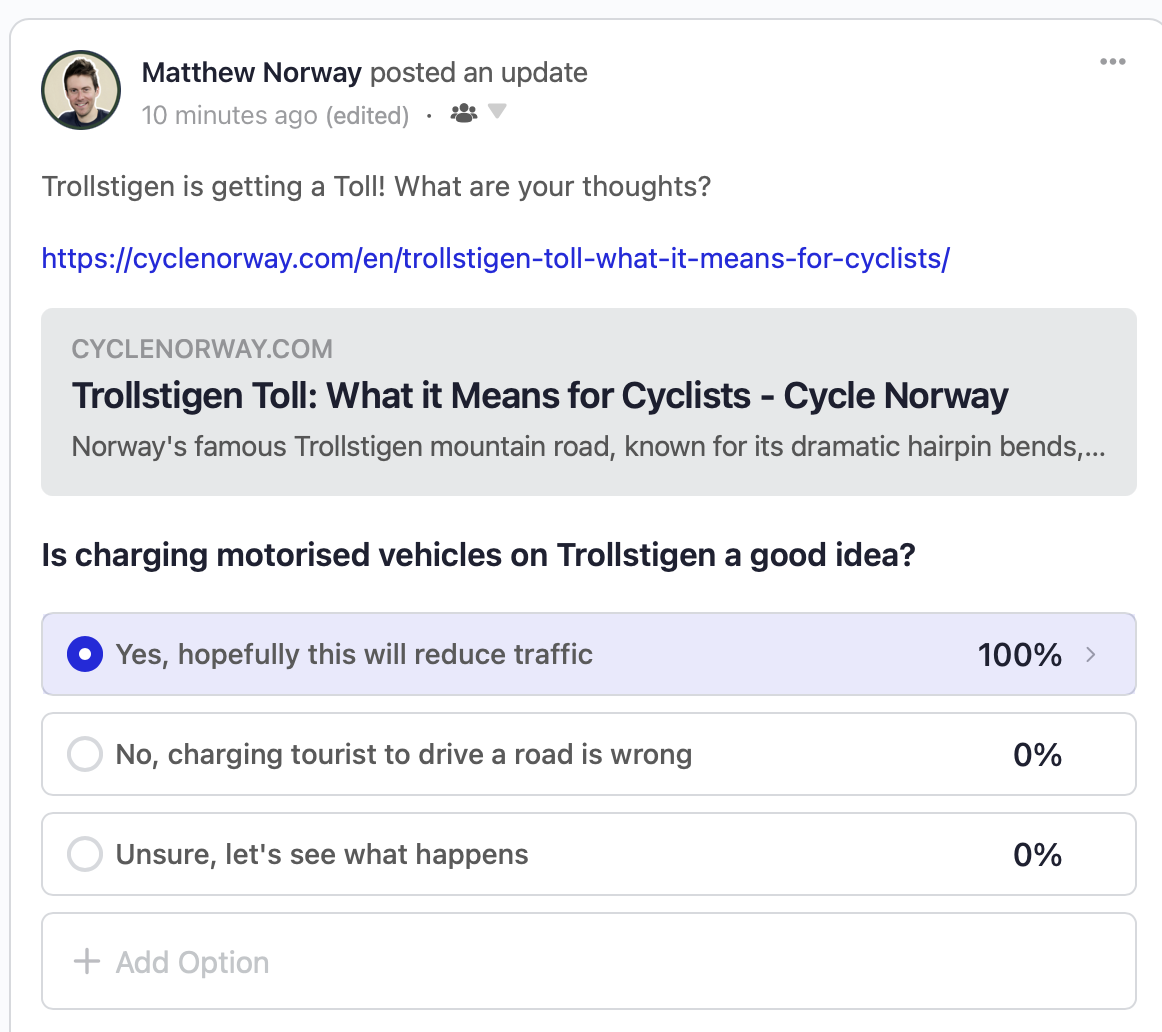
Sustainability Theatre: Norway’s Latest Performance
In today’s blog, we’re heading into a world of make-believe. A world where no one needs to take real action or make tough decisions. Where

Norway’s famous Trollstigen mountain road, known for its dramatic hairpin bends, is set to reopen—at least partially—this summer between 14th July and 15th August. But the road made headlines again this week as Møre og Romsdal County Council voted in favour of introducing a toll to help fund long-term safety work. The decision passed with a 35-12 majority and now awaits approval from Parliament. If implemented, it will mark the first time a national tourist route in Norway charges a toll. In this short article, we’ll explore what this development could mean for cyclists.

If you’re planning to cycle Trollstigen, the good news is that the toll will apply only to motor vehicles, cycling the route will remain free. While NOK 40 million was allocated by the state last year for urgent repairs, more funding is needed to secure the road long-term. The toll rate for drivers has yet to be finalised.
I never thought I’d see the day when Norway would introduce charges for driving its Scenic Routes, but the steep cost of maintaining Trollstigen has left local authorities with little choice. While the road surface is generally excellent, its remote location and the sheer volume of summer traffic put constant pressure on infrastructure. For cyclists, any extra funding that helps preserve these conditions is a positive step. Though the toll is intended to cover essential safety work, it also supports the long-term upkeep of the route, something all road users, especially those on two wheels, can appreciate.
Possible Future Improvements with Increased Revenue
Although no specific cycling infrastructure improvements are currently planned, the revenue from the toll could be reinvested in the road and surrounding areas in ways that might indirectly benefit cyclists:

We hope the funds raised through the toll will bring long-term benefits for cyclists, assuming the revenue is used wisely. It’s unfortunate that cycling-specific infrastructure isn’t currently a focus in national tourism planning, but perhaps Trollstigen can unexpectedly serve as a model for what’s possible if traffic is reduced and other alternatives, such as low-impact ways to experience this iconic road, become more popular. At Cycle Norway, we see this as a step in the right direction toward more balanced and sustainable tourism management. We also hope other Scenic Routes, such as those in Lofoten, follow suit, as the strain of overtourism continues to affect both nature and the visitor experience. We’ll keep pushing for cycling-friendly initiatives that reduce congestion and open up Norway’s landscapes to those who travel on two wheels.
*If you plan to drive Trollstigen and other roads in Norway in a foreign vehicle, please read and follow the instructions on this site to ensure you don’t get overcharged at autopass toll stations: https://www.autopass.no/
Do you have an opinion about this toll? – Vote in our community platform


In today’s blog, we’re heading into a world of make-believe. A world where no one needs to take real action or make tough decisions. Where

A Long Ride Through the Arctic of Europe: From the forests of Finland to the fjords of Norway and the wilderness of Swedish Lapland The

Cycling Through Norway’s Warmest Summer in Years The past few weeks in Norway have been extraordinary. From the deep fjords of the west to the
Cycle Norway is dedicated to making Norway, safer and more enjoyable to experience by bike and to inspire and inform a growing audience of the opportunities available.